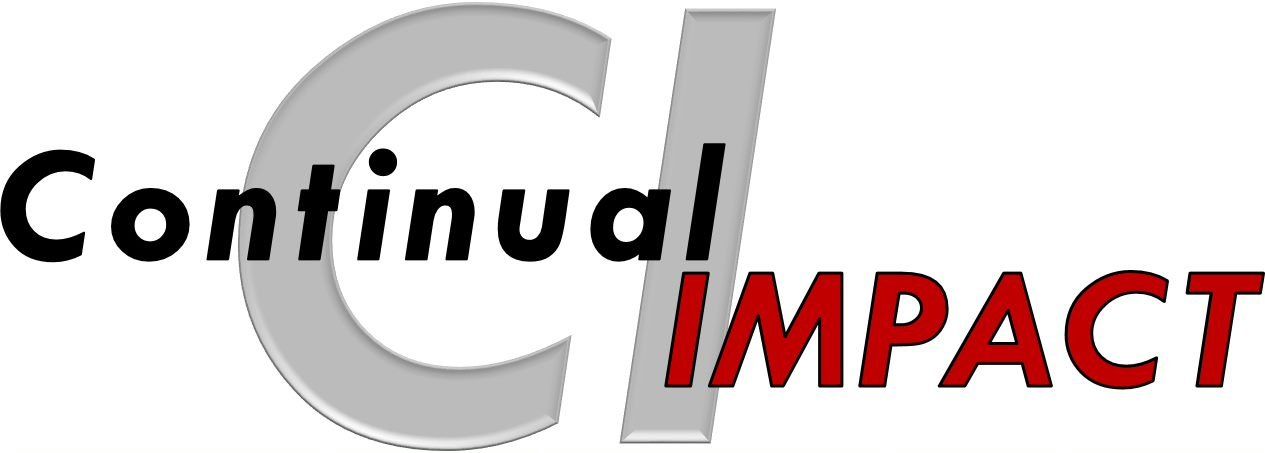Data is Your Friend Success Stories
Yes, DATA is Your Friend! Data and its uses play an important role in the universe of continual improvement. Data can be used to help in focusing the organization, finding opportunities , getting insights into problem solving for process improvement and for judging performance . Pretty powerful stuff.
How are you using data? Any ah ha moments from using data? Successes? Failures Opportunities?
How about these? Here are some different organization success stories, in their representation, understanding and use of data:
- A process team was trying to reduce cycle time and labor content in processing public health information. Debate ensued in one process step related to the quality of incoming information with opinions split between “no problem”, a little bit” and “all the time”. One day’s worth of data illustrated that incoming data was incorrect or incomplete >85% of the time and what information was commonly problematic. With some mistake proofing, form design, standardized work and education, defect rates dropped almost immediately with corresponding cycle time reduction.
- A department debated over whether they had a turnover problem. A little data illustrated there was an opportunity with new hires who had a turnover rate of >60% within six months of hire. Not knowing the root cause, the team executed and assessed surveys and interviews of the targeted population and identified deficits in on boarding and mentoring processes. After defining and improving those processes, developing better materials and education for new members and supervisors, turnover dropped to less than 10%.
- A public health organization was struggling with focus in improving outcomes for customers. They developed a value stream map of all phases of the customer and Clinic, including contacting the targeting population, getting them to come to the clinic, providing a quality referral, having the customer use the referral, and change their behaviors. They used a rolled throughput yield (the product of the yields for each process step of the entire process) approach to understand the overall opportunity, think innovatively, and then target program improvements in the weakest areas.
If you are struggling with your use of data, keep it simple and think about the steps of gathering, representing/understanding, and using the data. Data comes in many shapes, sizes, sources, and degrees of complexity (or simplicity!) that can be evaluated using different approaches.
To get focused and improve performance here are some of the key sources of data to gather and how this data is represented and analyzed:
- Customer: What is more important than understanding what your customers value and how well you are doing in delivering it – from their perspective?
- Surveys, complaint logs, growth in services and products
- More on analysis
Organization: How is the health of the organization in terms of the resources, it needs, and cost to deliver products and services to targeted areas?
- Growth, Revenue/Funding, Market share or targeted population served, Cost to serve for services and products
- More on analysis
- Value streams, work processes and systems: How effective and efficient are they?
- Capacity, cycle time, value and waste ratios, quality and performance measures
- More on analysis
- People and culture: How engaged and capable are they? How supportive is the environment?
- Surveys, diagnostics, turnover, grievances, sickness rates
- Learning: What have we learned from past and others’ performance?
- Lessons learned, benchmark comparisons
- More on analysis
When gathering, representing and evaluating data, understand it comes with responsibilities in order to ensure its effective uses. You can do harm by bad data gathering and analysis practices. That does not mean it has to be complex, take a long time or requires everyone to have a PhD in statistics. Just get some data skills in gathering, representing and assessing data and
use them well . A couple of tips:
- Are you still not sure what data to gather? Ask yourself what questions you want to answer and then figure out how to get some data to answer the questions.
- Be able to represent it (graph, plot, table) in a way that is meaningful and understandable.
- Understand a couple of concepts: what is statistically relevant and the difference between correlation and causation.
- Beware when you run into “A lot, all the time, it is a big issue”; remember that a little data can go a long way to gaining true insight.
- Beware when you run into (even from yourself) “I know and this data shows it”; Watch out for confirmation bias which is a tendency to interpret data as confirmation of one’s existing beliefs.
- Beware of “paralysis by analysis” or over-analyzing or over-thinking a situation that can cause no solution or course of action to be decided upon; base your data gathering and analysis on the complexity of the situation and the magnitude of the implications of the result.
Cultures of continual improvement are known for the development and use of data and fact-based information as one of the values you are looking for in all team members. They also ensure that the underlying skills of measurement and information/knowledge-based problem solving and decision making are part of everyone’s skill set.
Remember –
Data is your friend + use it broadly ÷
Use it well and with integrity ±
Do not under use or overuse it ∑ and Do no harm!

